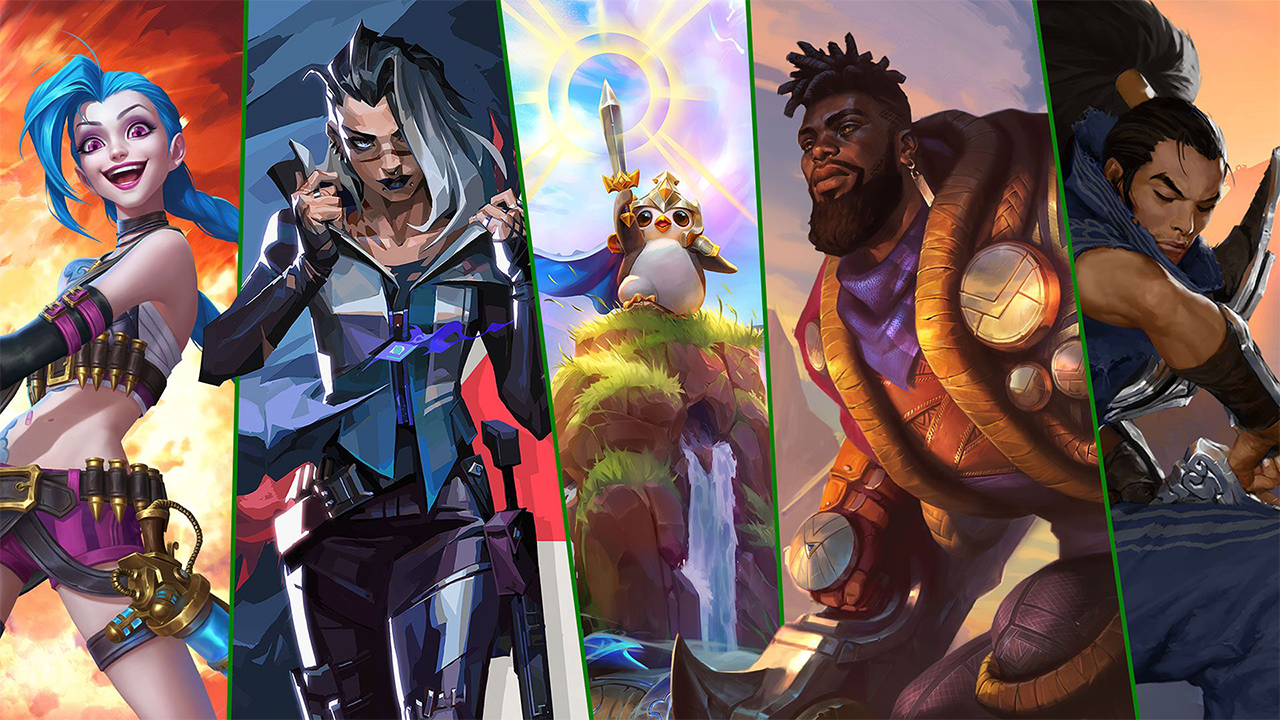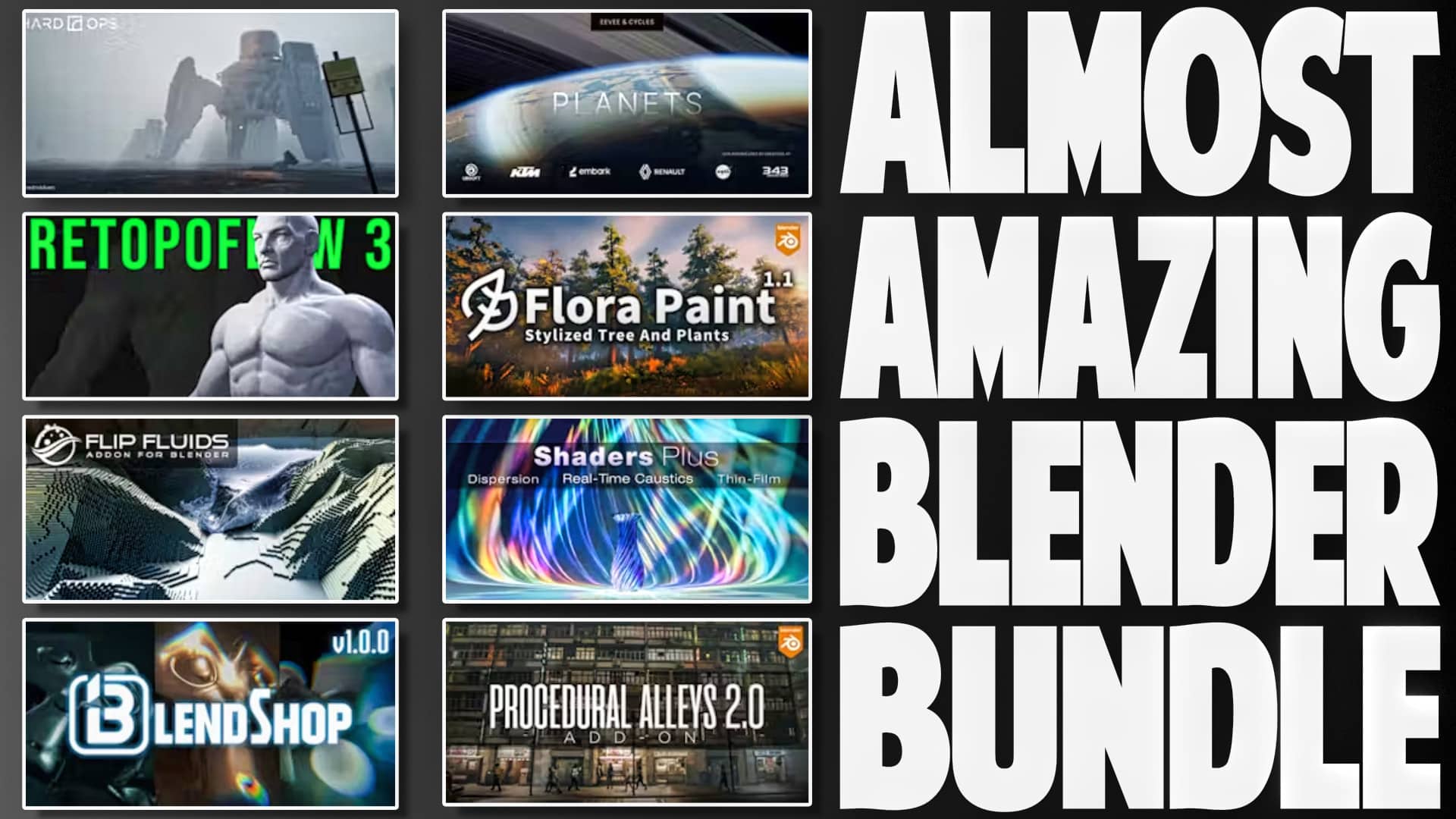www.gamesindustry.biz
What impact have layoffs had on the games industry over the past two years?InGame Job CEO Katya Sabirova shares the key takeaways from the Big Games Industry Employment Survey 2024Image credit: Big Games Industry Employment Survey, Values Value, InGame Job Feature by Katya Sabirova Contributor Published on Dec. 16, 2024 Mass layoffs have been the defining theme of the past two years and they're not over yet. The industry is still feeling the effects of this crisis, even though many players are starting to see signs of stabilization.Let's take a closer look at the layoffs of 2023-2024 in Europe to understand who was hit the hardest, how long it took professionals to find new jobs, and how their incomes and working conditions were impacted.Our main source of data is the Big Games Industry Employment Survey 2024, conducted in Spring 2024 and presented at the Devcom conference in August 2024. GamesIndustry.biz previously covered a talk by Tanja Loktionova, one of the survey's organizers, where she shared its initial findings. Now, the full report is available for free on the InGame Job portal.In this article, we'll dig deeper into the wave of mass layoffs in the industry, which was a key focus of the Big Games Industry Employment Survey 2024.Who suffered the most?Let's recap: the anonymous survey gathered over 1,800 responses from game industry professionals. The majority were mid-level or higher specialists (9% Junior, 29% Middle, 30% Senior, 28% Lead/Top). Katya Sabirova, InGame Job & Values Value | Image credit: Values ValueAdditionally, 19% of respondents had over ten years of experience in games. In short, these were mostly seasoned professionals who might have been expected to be safe from layoffs.However, even among them, some were affected: 15% reported being laid off in 2023-2024 but had already found new jobs by the time of the survey. Another 6.2% said they were laid off and remained unemployed at the time of the survey.Altogether, 21.6% of respondents reported experiencing layoffs. So, who are these professionals who found themselves out of work?When it comes to seniority levels, the survey shows that layoffs impacted professionals across the board, regardless of expertise. Between 23% and 26% of juniors, mid-levels, and seniors reported being laid off. At the Lead/Top level, the percentage was slightly lower, at 15-16%.However, the recovery process varied by seniority. Senior+ professionals tended to find new jobs relatively quickly, while mid-levels and juniors faced more challenges. By the time of the survey, 10% of mid-levels and 9% of juniors were still unemployed after being laid off. In contrast, only 3-5% of seniors, leads, and top-level professionals remained out of work. Image credit: Values ValueAmong the specializations most affected by layoffs, artists (28%), QA specialists (27%), and HR/recruitment professionals (25%) were hit the hardest. Artists and testers, in particular, struggled to find new jobs quickly 10% of artists and 11% of testers were still unemployed at the time of the survey. Image credit: Values ValueSalaries for QA and HR/recruitment professionals also declined in 2024 compared to 2023. This drop appears closely tied to layoffs, as professionals in these fields faced limited job opportunities and often had to accept less favorable offers to reduce the length of their job search. Image credit: Values ValueHow long did professionals take to find new jobs after layoffs?Looking at the full sample of respondents who changed jobs in 2023-2024, more than half managed to find a new position in less than three months. We assume that this group largely includes those who left their previous roles voluntarily.The concerning figures are those representing longer job search periods: 12.3% took between six months and a year to find a new job, while 8.1% reported searching for over a year. Image credit: Values ValueWhen looking at seniority levels, juniors emerge as the most vulnerable group nearly half of all junior respondents reported taking more than six months to find a new job. Mid-levels and seniors had similar timelines, with mid-levels trailing slightly behind seniors in speed. Only 5-6% of mid-levels and seniors spent over a year searching for a new role.Top-level experts and senior leaders demonstrated faster job searches, with 62% finding a new role in under three months. However, 25% of them reported that it took over six months to secure their next position. We believe this is because professionals at this level have more time and flexibility to carefully select roles that meet their expectations and requirements. Image credit: Values ValueThe next slide, breaking down results by professional fields, highlights how challenging the job search was for QA specialists, artists, and, to some extent, HR managers and recruiters.QA specialists had the hardest time; nearly half of respondents in this group spent over six months looking for a new job, with 26% searching for more than a year. Similarly, 10% of artists and HR/recruitment professionals also reported spending over a year finding their next role. Image credit: Values ValueSasha Kononenko, recruitment lead and partner at Values Value told me: "There's an interesting trend with UA managers: from late winter to mid-summer 2024, there was a noticeable influx of candidates actively job hunting. However, by fall, most had already secured new roles, and those who have been with their current companies for a while are now highly reluctant to consider any changes."Artists are facing a tough time those entering the job market are struggling to find new opportunities due to high competition and a limited number of openings."Who had to switch industries?A total of 10% of respondents left the gaming industry during the wave of mass layoffs.The highest percentage of those who left after failing to find a role was among juniors at 31%. That's significant. Imagine: nearly one-third of entry-level professionals in the gaming industry (the potential mid-level specialists of tomorrow) exited the field after being unable to secure a position. This ongoing crisis is driving young talent away, slowing the industry's growth and hindering its ability to benefit from the fresh, innovative ideas that these professionals often bring.Other groups also experienced departures during this period: 11% of mid-levels, 8% of seniors, 5% of team leads, and 11% of top-level experts left the industry.By specialization, 28% of QA specialists, 32% of HR managers and recruiters, 15% of analysts, 14% of product and project managers, 9% of marketers, and 5% of programmers transitioned out of gaming. As for game designers, the destination for the 10% who left the industry remains unclear, but this is the share of respondents who reported being forced to switch fields.How did working conditions change for those who switched jobs during the layoffs?According to the survey:44% of specialists who changed jobs in 2023-2024 saw an increase in salary and/or career advancement.24% ended up in lower positions and/or with reduced salaries.21% found that their salary and position stayed the same.And, as was mentioned above, 10% had to switch other industries.Before the crisis, job changes were often a reliable trigger for salary increases and career growth. However, the new data reveals that mass layoffs have disrupted this trend.In 2023-2024, 25% of mid-levels and 26% of seniors reported accepting lower salaries and/or positions at their new jobs. Similarly, 15% of team leads and 10% of top-level experts experienced the same.Additionally, nearly a quarter of respondents across all seniority levels (except juniors) indicated that their income and position remained about the same after changing jobs.Juniors, however, faced unique challenges. A significant 36% of entry-level professionals accepted less favorable conditions (lower salary or position) after switching jobs, while only 11% reported maintaining the same terms.When it comes to professional fields, there's no surprise QA specialists and HR professionals were hit the hardest. Additionally, many game designers (25%), artists (31%), and programmers (27%) experienced a decline in earnings and/or career progression after switching jobs last year. Image credit: Values ValueFor this article, we spoke anonymously with a laid-off employee from one of the largest game studios. Here's their comment:"It took me about six months to find a new job. I should mention that during the first few months, I wasn't very active in my job search my priority was dealing with my work visa, which was tied to my previous employment, and I needed to sort that out. Unfortunately, besides finding new employment, those laid off often have to deal with a lot of additional issues. One of them is handling emotional breakdowns, because being laid off is always painful, especially when you don't expect it and feel secure in your position."Job hunting is a full-time job. I woke up in the morning and opened LinkedIn. It's recommended to tailor your resume for every job you apply to, and that's good advice, but I didn't have the energy for that. What helped was that I was mainly looking for similar roles. The most effective way to find a job is still through networking. So working on your personal brand is a great idea. People should be able to associate your name with your field when someone is looking for a specialist like you."Now I'm working at a company of a completely different scale, so my conditions have changed: I earn less, and the usual corporate benefits like health insurance, company events, and so on are gone. But I view it with calm understanding: now I have more opportunities to see the results of my work and my contribution to the overall mission.What's happening in the job market now?How have companies' hiring approaches changed? How have candidates' negotiation strategies evolved when seeking employment? What should we expect from the job market in the future? Sasha Kononenko, Values Value | Image credit: Values ValueSasha Kononenko shares her observations: "As for companies' hiring approaches, they continue to set high standards and expect finalists to meet those requirements 100%, all while keeping salary expectations reasonable. It feels like companies are leaving less room for compromise for example, considering candidates with potential who might need time to build missing skills. Employers seem less willing to provide a ramp-up period, expecting new hires to hit the ground running and deliver results immediately."Candidates, in turn, are concerned about the stability of potential employers: they want to know about flagship projects in the company's portfolio, what's already generating profit, or if there are investments from venture funds or other sources that indicate the company isn't likely to shut down overnight. These guarantees are now a key focus for candidates."If you're affected by layoffs and struggle to find the right job, how can you protect yourself from endless job searching? Kononenko suggests focusing on personal branding. There are many webinars now on building and developing a personal brand, regardless of whether you're in PR, bizdev, or a 2D artist. Being present on professional social networks is essential for everyone it's a valuable asset in case of layoffs.With a personal brand and a broad network, the chances of finding a new job quickly are much higher. So, now is the time to shed shyness and introversion, and start sharing your successful and unsuccessful cases, your experience, industry insights, start discussions, and exchange opinions. Build a network of potential hiring managers, industry experts, and interesting people who can offer expert advice or connect you to the right contacts.Sasha suggests asking yourself: "If I were laid off tomorrow, which companies would I want to work for?" Make a list, check if there are relevant job openings, connect with a recruiter or Talent Manager from that company. Even if you don't need it right away, you'll be prepared for worst-case scenarios.Katya Sabirova is CEO at InGame Job, and PR and comms adviser at Values Value







/cdn.vox-cdn.com/uploads/chorus_asset/file/25793290/Z2B0aZbqstJ98kwx_dualM2adapter.jpg)

